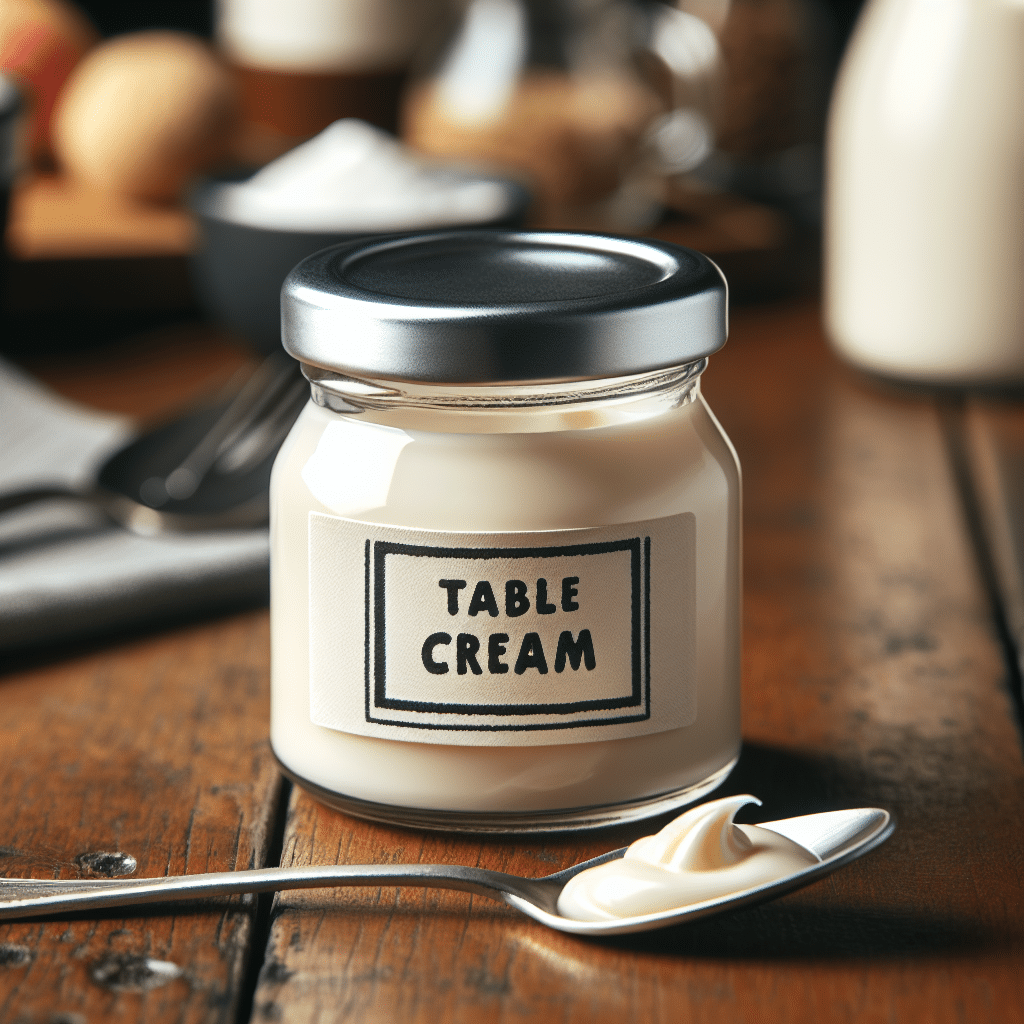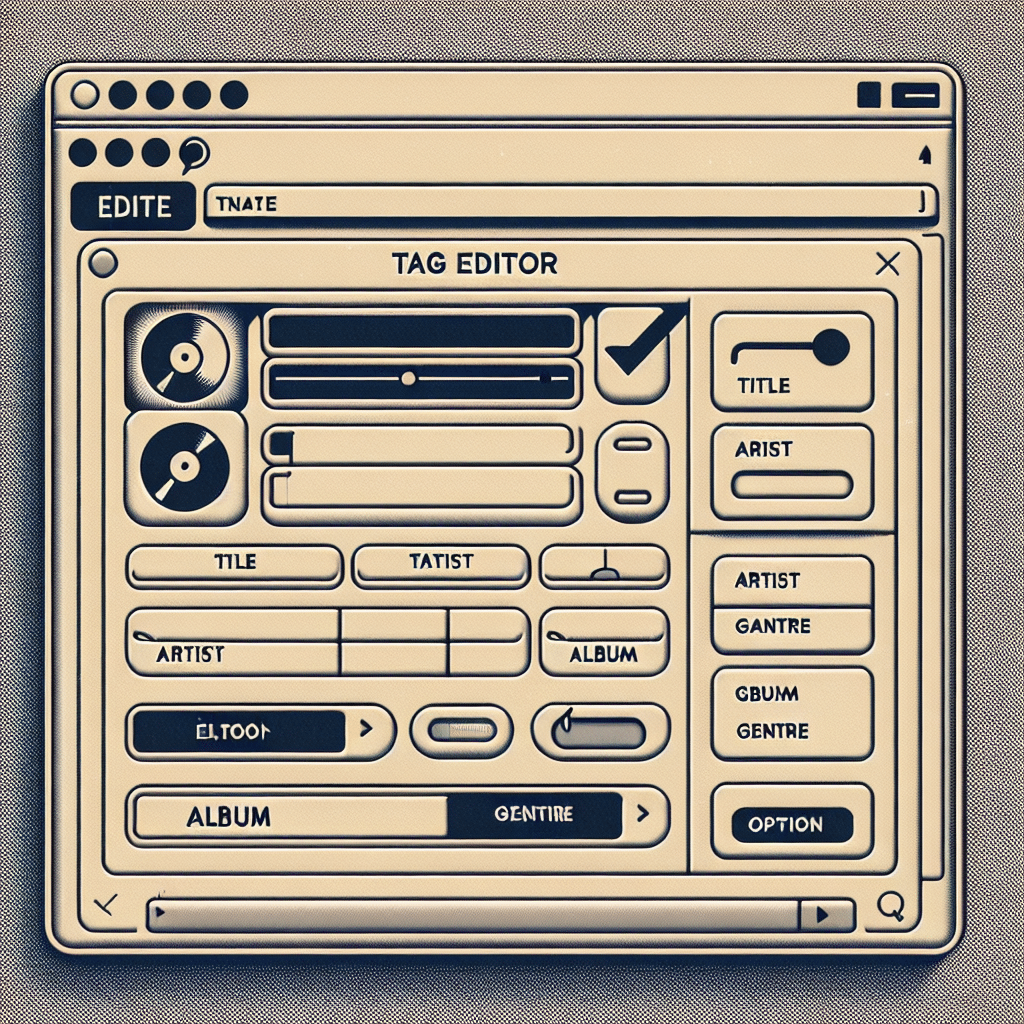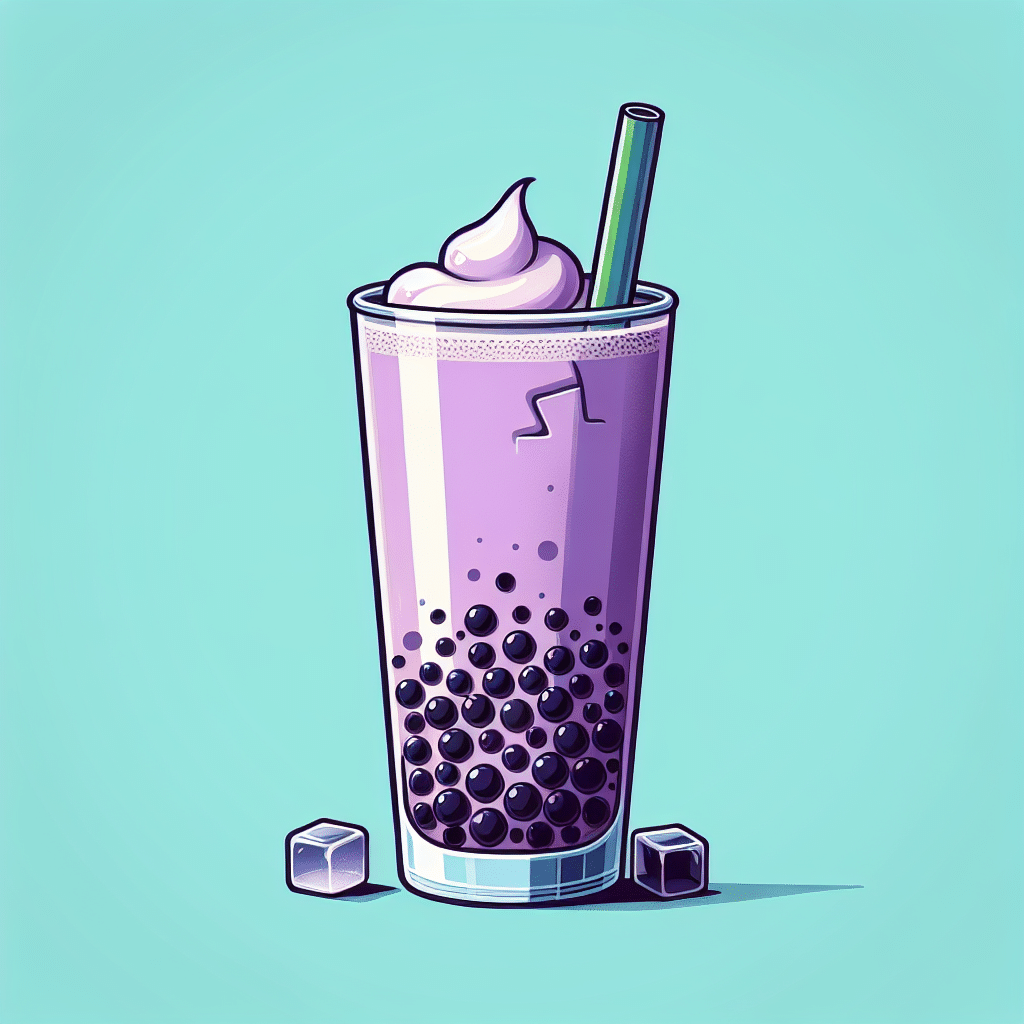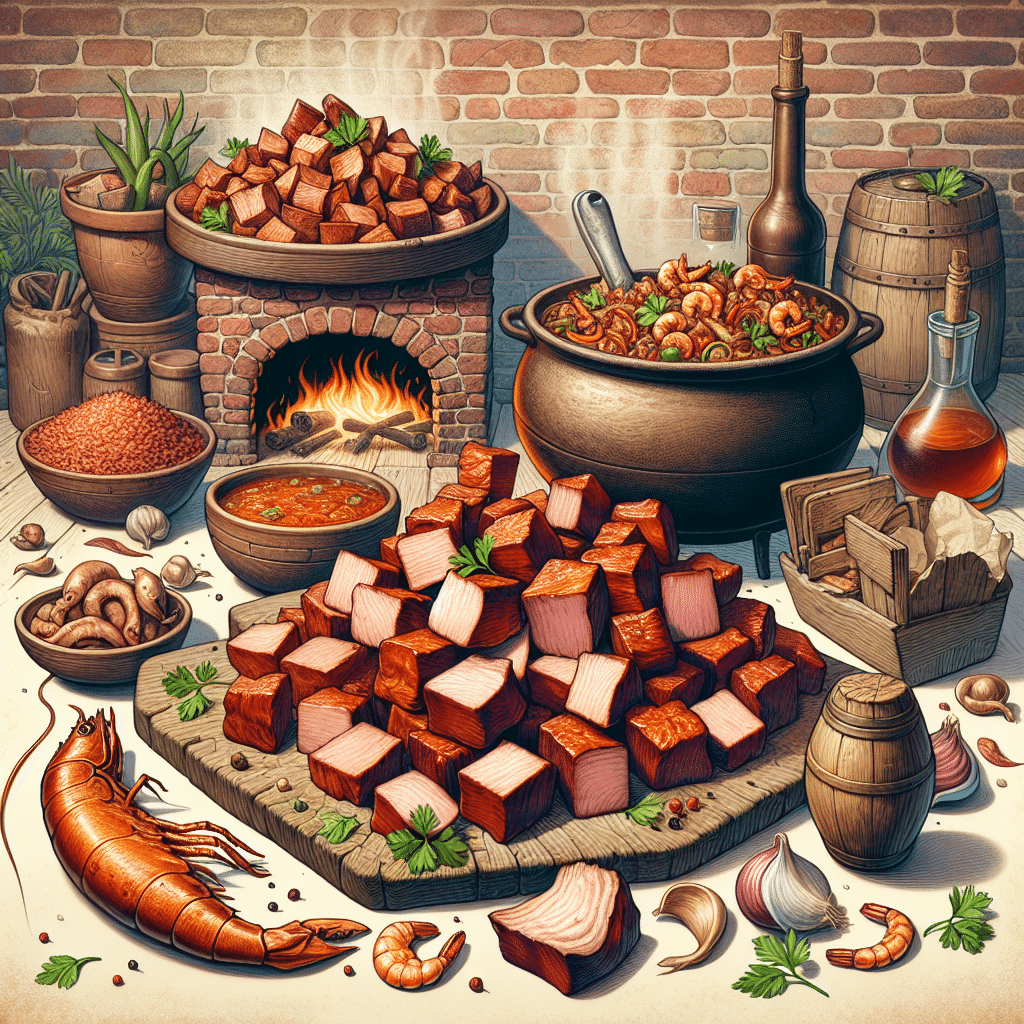Introduction to Table Cream
Table cream, also known as light cream, is a dairy product characterized by its creamy texture and fat content ranging from 18% to 30%. It is often utilized in various culinary applications due to its versatility. Unlike heavy cream, table cream is lighter in consistency, making it ideal for enhancing coffee, enriching sauces, or adding a delicate touch to desserts. It’s important to note that table cream is not as thick as whipped cream, yet it retains a rich flavor profile that elevates many dishes. This makes it a popular choice in American households, providing an accessible option for those looking to enrich their meals without the richness of heavier creams.
Understanding Table Cream
To fully grasp what table cream is, we delve into its characteristics, production methods, and uses in culinary practices. Often classified as a blending cream, table cream occupies a unique niche between milk and heavy cream.
Defining Table Cream
Table cream contains approximately 18% to 30% milk fat, placing it higher than milk yet lower than heavy cream, which generally contains at least 36% fat. Its creamy consistency allows it to be pourable while still adding richness to dishes.
Production Process
The production of table cream involves several steps:
- Milk Selection: High-quality milk from dairy cows is selected based on fat content and overall health.
- Separation: The cream is separated from the milk using a centrifuge. This process ensures the desired fat content is achieved.
- Pasteurization: To ensure safety and extend shelf life, the cream is pasteurized by heating it to kill harmful bacteria.
- Homogenization: This step breaks down fat molecules, creating a smoother texture and preventing the cream from separating.
- Cooling and Packaging: Finally, the cream is cooled and packaged for distribution.
Culinary Applications
Table cream is beloved in the culinary world for its versatility. It finds use in various recipes and serves multiple purposes.
Cooking and Baking
In cooking, table cream enhances sauces and soups, providing richness without overwhelming the dish’s base flavors. In baking, it’s often used in custards, puddings, and mousse recipes, where a lighter cream is desired for a delicate texture.
Coffee and Beverages
A common use is in coffee, where it serves to create a rich yet light drink that adds a creamy mouthfeel. Many people prefer table cream over milk or half-and-half for its superior flavor and creamy consistency.
Desserts
Table cream also plays a significant role in dessert preparations, such as whipped toppings, creams, and fillings for cakes and pastries. Though it can be whipped, it will not hold peaks like heavy cream, making it better suited for recipes that require a lighter touch.
Health Aspects of Table Cream
When considering dietary implications, table cream provides a source of essential nutrients found in dairy products, including calcium, vitamin A, and vitamin D. However, due to its fat content, it should be consumed in moderation, especially for those monitoring their caloric or saturated fat intake.
Comparison with Other Dairy Products
Table cream can be compared to several other dairy products like heavy cream, half-and-half, or even milk. Understanding the differences can enhance your culinary experience:
- Heavy Cream: Contains 36% fat and can be whipped to a stable peak.
- Half-and-Half: A blend of milk and cream with 10-18% fat content, often used as a coffee creamer.
- Milk: Typically has a fat content of around 0-3.5%, making it less rich than table cream.
Frequently Asked Questions (FAQs)
1. Can I substitute table cream for heavy cream in recipes?
While you can use table cream as a substitute, be aware that it will not provide the same thickness or stability. For whipped applications, consider adjusting the recipe to compensate for its lower fat content.
2. How do I store table cream?
Table cream should be stored in the refrigerator and used by the expiration date on the packaging. Once opened, it typically lasts for about a week or so, depending on storage conditions.
3. Can table cream be whipped?
Table cream can be whipped, but it will not achieve the same volume or stability as heavy cream. It is best utilized in recipes where it will not need to hold shape.
4. Is table cream suitable for lactose-intolerant individuals?
Table cream contains lactose, so those who are lactose intolerant may experience discomfort. Options are available in reduced-lactose or lactose-free varieties.
5. What are the nutritional benefits of table cream?
Table cream is a source of dietary fat, vitamins A and D, and calcium. However, like any cream product, it is calorie-dense and should be consumed with moderation.
Conclusion
Table cream stands out as a versatile ingredient that enhances both flavor and texture in a range of culinary applications. By understanding its characteristics, production, and uses, you can better appreciate how this creamy delight can elevate your cooking and baking endeavors. Whether in coffee, sauces, or desserts, table cream offers the perfect balance of richness for various tastes and preferences.



